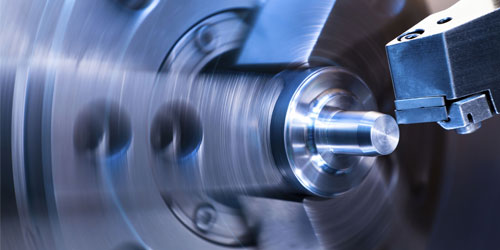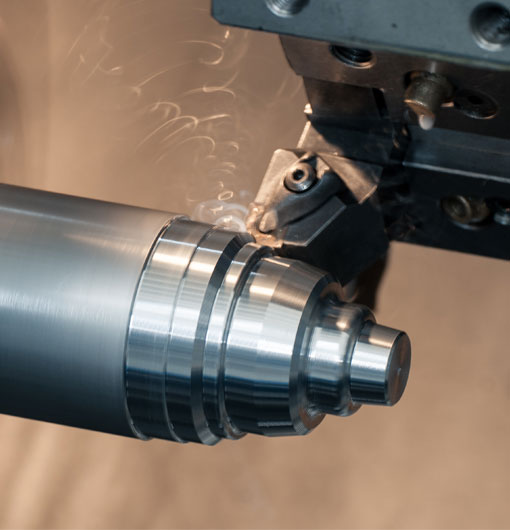Introduction
CNC lathe turning parts are fundamental in various manufacturing industries today. From medical equipment to automotive parts, CNC turning plays a pivotal role in creating intricate parts with excellent precision. This article is designed to provide a broad understanding of the best practices surrounding this process.
Understanding CNC Lathe Turning Parts
CNC, short for Computer Numerical Control, refers to a machinery process where pre-programmed computer software directs the motion of factory tools like lathes. The CNC lathe turning process involves holding the workpiece, which is then rotated while various cutting instruments are driven into it, creating a broad range of parts with precise measurements.
The Role of Precision in CNC Lathe Turning
Precision is a significant aspect of CNC lathe turning. It allows manufacturers to create parts that can fit together perfectly. It takes more skill to produce parts with a high degree of accuracy, particularly for pieces that are intricate or have complicated dimensions.
CNC Lathe Turning in Different Industries
In the automotive industry, for example, CNC lathe turning parts prove essential in producing components like pistons, transmission cases, and engine parts. In the medical sector, precisely-turned parts are needed to produce elements of medical devices that help save lives.
Key Factors in Successful CNC Lathe Turning
There are key aspects to consider when it comes to successful lathe turning. This includes understanding the intricacies of your CNC machinery, identification of the correct tooling required, and consistent maintenance of your equipment.
Exploring the Best CNC Machines for Lathe Turning
Investing in top-notch machinery can significantly improve the quality of your output. Top brands, such as Haas, Okuma, and Mazak, are well-respected in the industry and widely recognized for the dependability of their machines, particularly for CNC lathe turning operations.
Continuous Improvement in CNC Lathe Turning
As with any industrial operation, the principles of continuous improvement apply to CNC lathe turning. This involves learning and adapting to new techniques, investing in updated equipment, and refining operational processes to maintain competitiveness in the market.
Embracing the Future of CNC Lathe Turning
In looking ahead to the future of CNC lathe turning, it's vital to continually evaluate and embrace technology advancements. This may involve incorporating the use of advanced software for machine programming, integrating AI and automation into processes, and considering investments in 3D printing or additive manufacturing technologies.
By staying informed and adaptable, manufacturers and operators can ensure they are meeting industry demands and producing work of the highest quality. Through the continual refinement of processes and a commitment to learning and improvement, the future of CNC lathe turning is bright.
best cnc lathe turning parts quotes













